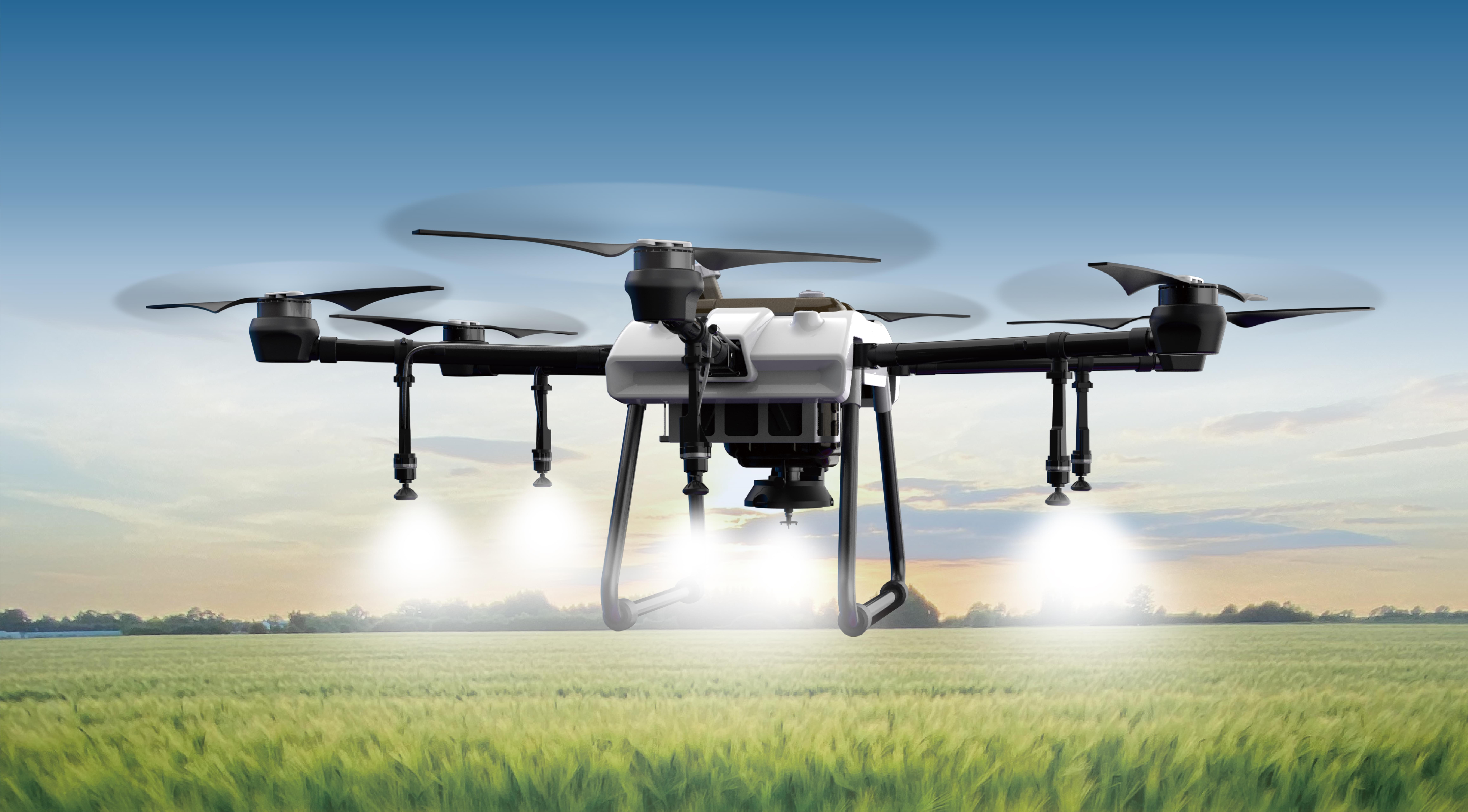Thinking about upgrading your automation system or building something new? Two words keep popping up—servo motor and stepper motor. Both are the backbone of many projects, but how do you decide which one fits your needs? Let's dive into the real-life differences that can help you make a smart choice.

First off, imagine you’re assembling a robotic arm. You want it to move precisely, repeatably, without any hiccups. That’s where the stepper motor really shines. It’s like that friend who never forgets a dance move. It makes open-loop control super straightforward, meaning you don’t need a feedback system—just specify how many steps you want, and it gets there. If you need an affordable, simple solution for basic positioning, stepper motors tend to be the go-to. They’re reliable, and the torque at low speed is hard to beat. Think of a 3D printer extruder or a small CNC machine—they often rely on steppers, and for good reason. They deliver consistent, predictable performance.
But then, picture a scenario where your project demands smooth, continuous motion, like controlling a conveyor belt that needs to adjust speed dynamically, or a camera pan that must keep fluidity. That’s when servo motors come into play. They’re like a savvy driver adjusting acceleration and deceleration perfectly. Servos include feedback mechanisms, meaning they know exactly where they are at any moment. No more guesswork. This makes them ideal for applications where precision at high speed or force is a must, like in robotic legs or drones.
Now, here’s a question—do you need high torque at low speed, or fast, precise positioning? The answer shapes your choice. For instance, in tight spaces requiring lot of fine control, servos can be programmed to respond swiftly and accurately. They tend to be more complex and cost more, but for high-performance tasks, that’s a trade-off worth making.
Let’s be real—while stepper motors might struggle with high speeds without losing steps, servos excel in that arena. They’re more energy-efficient too, especially when holding position for a long time. On the flip side, stepper motors are simpler to control, making them a favorite for DIY projects or applications where budget and ease matter more than super high-end precision.
So, why settle for one? Sometimes, a hybrid approach is the best. Use a stepper where you need steady, low-cost movement, and a servo for tasks demanding finesse. That way, you get the best of both worlds, tailored exactly to your project.
In the end, it’s not just about ticking boxes. It’s about understanding what each motor brings to the table. Whether it's the predictable reliability of a stepper or the dynamic responsiveness of a servo, knowing what suits your application can change everything. You're designing systems that move, adapt, and perform. Picking the right motor isn’t just a technical decision—it's the secret sauce to making your innovation resonate.
Established in 2005, Kpower has been dedicated to a professional compact motion unit manufacturer, headquartered in Dongguan, Guangdong Province, China. Leveraging innovations in modular drive technology, Kpower integrates high-performance motors, precision reducers, and multi-protocol control systems to provide efficient and customized smart drive system solutions. Kpower has delivered professional drive system solutions to over 500 enterprise clients globally with products covering various fields such as Smart Home Systems, Automatic Electronics, Robotics, Precision Agriculture, Drones, and Industrial Automation.




































